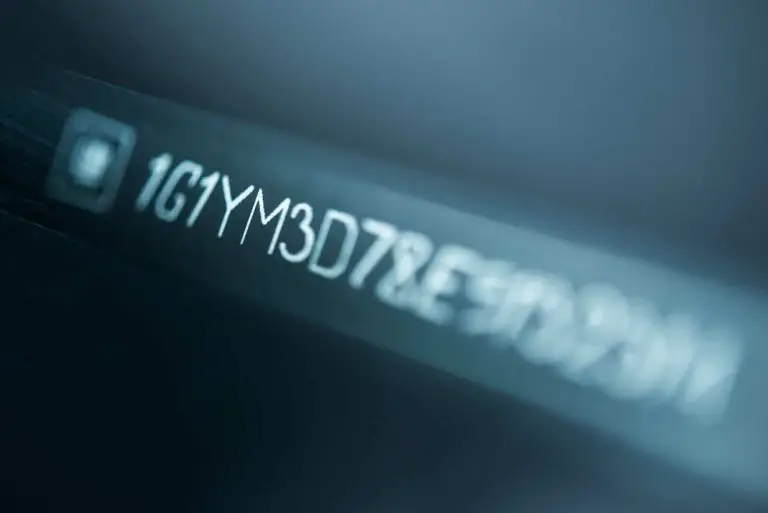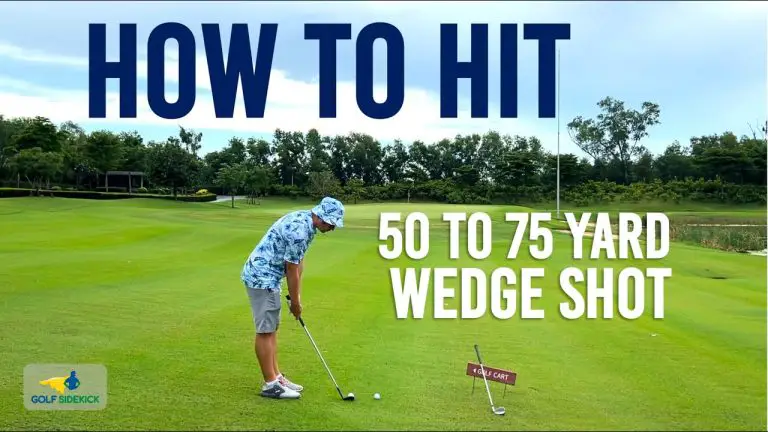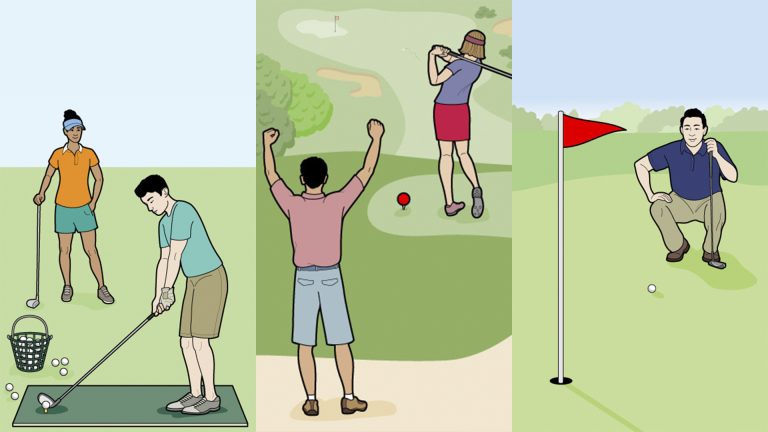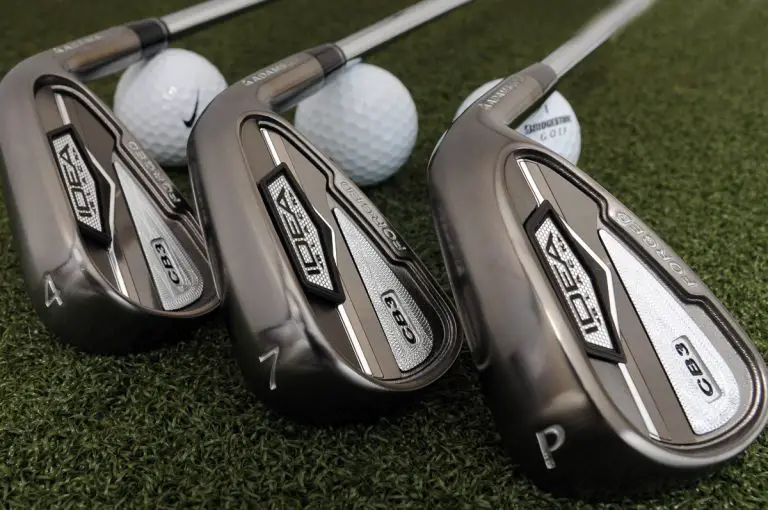What is a Golf Tee Used For
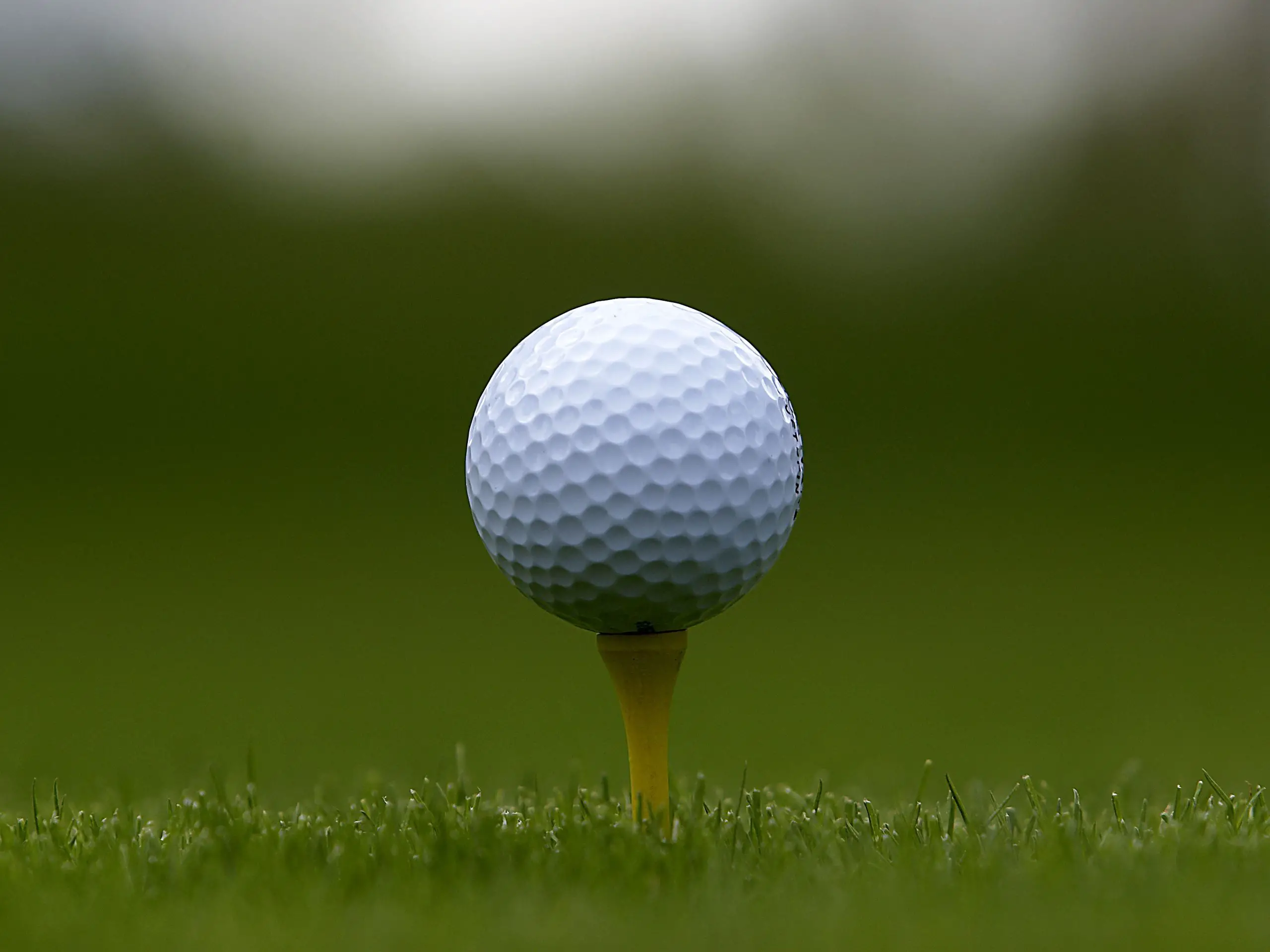
In the world of golf, meticulous attention to detail and precise execution are fundamental to success. Every golfer strives to achieve the perfect shot, striking the ball with accuracy and power. Amidst the intricacies of the game, one seemingly insignificant tool plays a pivotal role in setting up each shot—the golf tee.
A golf tee is a small object with a significant impact. It is a humble peg that lifts the golf ball off the ground, allowing golfers to strike it cleanly and achieve optimal launch conditions. While its appearance may be simple, the golf tee serves a vital purpose in the game, providing golfers with consistency, elevation, and control.
In this article, we will delve into the world of golf tees, exploring their uses, benefits, and various types available. We will uncover why golfers rely on tees, how they incorporate them into their game, and the factors to consider when selecting the right tee. Additionally, we will discuss the care and maintenance of tees to ensure their longevity and optimal performance.
So, if you’ve ever wondered about the significance of that little peg on the tee box, join us on this journey as we unravel the secrets and intricacies of the golf tee and discover how it contributes to the artistry and precision of the game of golf.

What is a Golf Tee?
A golf tee is a simple yet essential tool used to elevate the golf ball off the ground, allowing the golfer to strike it cleanly and achieve optimal launch conditions. It consists of a slender peg with a small cup or prong at the top to hold the ball securely in place.
Material and Design Attributes
Golf tees are typically made of either wood or plastic. Wooden tees have been traditionally popular due to their durability and natural feel. They come in various lengths, with longer tees suitable for drivers and shorter ones for irons and fairway woods. Plastic tees, on the other hand, offer durability and convenience, often featuring colors or markings to indicate the desired tee height.
The design attributes of a golf tee also play a role in its performance. Some tees feature a concave cup to cradle the ball, while others have multiple prongs for added stability. Brush tees incorporate bristles that reduce friction between the tee and the ball, resulting in less resistance and potentially longer drives. Zero friction tees are designed to minimize contact with the ball, reducing spin and promoting straighter shots.
Now that we understand what a golf tee is, let’s explore why golfers use tees and the benefits they provide.
Why Do Golfers Use Tees?
Golfers use tees for several reasons, each contributing to an improved golfing experience. Let’s delve into the main benefits and reasons why golfers rely on tees during their games.
Elevation and Consistency
One of the primary reasons golfers use tees is to elevate the ball off the ground. By placing the ball on a tee, golfers can position it at an optimal height to suit their swing and club selection. This allows them to strike the ball cleanly and achieve consistent contact, resulting in improved distance and accuracy.
Tee Box Positioning
Golf tees also play a role in tee box positioning. The tee box is the designated area from which golfers begin each hole. Tee markers indicate different tee box options, offering varying levels of difficulty based on a player’s skill level and desired challenge. By using tees, golfers can position the ball in the appropriate spot within the tee box, ensuring they start their hole on the right footing.
Driver and Long-Iron Shots
Tees are particularly crucial for shots with a driver or long irons. These clubs are designed to hit the ball with maximum power and distance. By using a tee, golfers can optimize the launch angle and reduce ground contact, allowing for a more efficient transfer of energy from the clubhead to the ball. This leads to longer drives and increased shot distance.
Now that we understand why golfers use tees, let’s explore how golfers incorporate tees into their game and how they use them during a round.
How Do Golfers Use Tees During a Game?
Golfers use tees strategically throughout a round to enhance their performance and set up each shot effectively. Let’s delve into the different applications of tees and how they assist golfers during their game.
Pre-Shot Preparations
Before teeing off on a hole, golfers typically place their ball on a tee. This allows them to position the ball at the desired height for their club selection and swing style. Golfers often carry multiple tees of varying heights to accommodate different clubs and shot preferences. By selecting the appropriate tee height, golfers can optimize their launch conditions and achieve their desired shot trajectory.
Teeing Off
The most common and prominent use of a tee occurs during the tee shot, which is the first shot on each hole. Golfers position the ball on the tee, typically aligning it with the desired target line. By using a tee, golfers ensure that the ball is elevated, allowing them to make clean contact and launch the ball down the fairway. This tee shot sets the tone for the rest of the hole and can significantly impact a golfer’s overall performance.
Par-3 and Par-5 Holes
Tees also play a role on par-3 and par-5 holes, where golfers aim to reach the green in fewer strokes. On par-3 holes, golfers often tee the ball up slightly higher to maximize their chances of hitting the green with their tee shot. On par-5 holes, golfers may use tees to elevate the ball for their second shot, enabling them to achieve the necessary distance to reach the green in regulation. Tees allow golfers to optimize their approach to these holes and increase their chances of scoring well.
Ball Positioning and Stability
Beyond tee shots, golfers may use tees to reposition the ball during a round. For example, if a ball comes to rest on an uneven lie or in a divot, a golfer may place the ball on a tee to create a more stable and level platform for their subsequent shot. This ensures cleaner contact and improved ball flight, mitigating the challenges posed by difficult lies.
Now that we’ve explored how golfers use tees during a game, let’s delve into the different types of golf tees available.
Different Types of Golf Tees
Golf tees come in various types, each offering unique features and benefits. Golfers can choose the type that best suits their preferences and playing style. Let’s explore some of the most popular types of golf tees.
Wooden Tees
Wooden tees have been a classic choice in golf for many years. They are typically made from hardwood, such as birch or hardwood composites, providing durability and stability. Wooden tees come in various lengths, allowing golfers to adjust the tee height based on their club selection and swing style. They are widely available, affordable, and biodegradable, making them an environmentally friendly option.
Plastic Tees
Plastic tees have gained popularity due to their durability and convenience. They are often made from durable materials like polycarbonate or resin composites, providing excellent longevity. Plastic tees come in a range of colors, allowing golfers to easily identify their tee height preferences. Some plastic tees feature markings or indicators on the shaft, providing a consistent tee height reference for each shot. Plastic tees can be reused multiple times and are less likely to break, offering a cost-effective and reliable option for golfers.
Brush Tees
Brush tees are a unique type of tee that incorporates bristles instead of a traditional cup or prong. These tees offer reduced friction between the tee and the ball, resulting in less resistance during impact. The bristles gently support the ball, allowing for clean contact and minimizing the potential for spin. Brush tees are particularly popular among golfers looking to maximize distance and achieve optimal ball flight.
Zero Friction Tees
Zero friction tees are designed to minimize contact with the ball, reducing spin and promoting straighter shots. These tees feature a unique three-pronged design with small contact points on the top. The minimal contact area reduces the friction and interference between the tee and the ball, resulting in less spin and increased distance. Zero friction tees are often made of durable materials like plastic or composite blends, offering longevity and consistency.
Now that we have explored different types of golf tees, let’s discuss how to select the right tee for your game.
Selecting the Right Golf Tee
When it comes to choosing a golf tee, several factors should be considered to ensure optimal performance and compatibility with your game. Let’s explore some essential factors to consider when selecting the right tee for you.
Tee Height and Ball Flight
The tee height plays a crucial role in achieving the desired ball flight and shot trajectory. Different clubs and swing styles require varying tee heights. For example, tee shots with a driver typically require a higher tee to allow for an upward angle of attack, promoting an ideal launch angle and reducing backspin. Conversely, shots with irons or fairway woods may require a lower tee height to encourage a more downward strike and better control.
Tee Material and Durability
The material of the tee impacts its durability and performance. Wooden tees are known for their natural feel and biodegradability, but they may break more easily compared to plastic tees. Plastic tees, on the other hand, offer excellent durability and can withstand multiple uses without breaking. Consider your preference for feel, environmental impact, and longevity when choosing between wooden and plastic tees.
Personal Preference and Playing Conditions
Personal preference also plays a role in tee selection. Some golfers may prefer the traditional feel of wooden tees, while others appreciate the convenience and durability of plastic tees. Consider your playing style, comfort, and overall preference when choosing a tee.
Additionally, playing conditions can influence tee choice. For example, on windy days, using a lower-profile tee may reduce the surface area exposed to the wind, minimizing its effect on the ball flight. Consider the weather, course conditions, and any specific challenges you may face when selecting a tee.
Now that we’ve discussed selecting the right golf tee, let’s move on to caring for and maintaining your tees.
Care and Maintenance of Golf Tees
Proper care and maintenance are essential to ensure the longevity and functionality of your golf tees. By following a few simple guidelines, you can keep your tees in top condition and optimize their performance.
Cleaning and Storage
Golf tees can accumulate dirt, grass, or debris during a round. Regularly cleaning your tees ensures optimal performance and longevity. You can simply rinse them with water or use a mild soap solution if necessary. After cleaning, allow the tees to air dry completely before storing them.
Storing tees in a clean and organized manner helps prevent damage and ensures easy access during your rounds. You can use tee holders or small pouches specifically designed to keep tees organized and protected. Alternatively, you can use a small zippered bag or compartment in your golf bag dedicated to tees.
Avoiding Breakage and Damage
Golf tees, especially wooden ones, can break if subjected to excessive force or impact. To minimize the risk of breakage, avoid pushing the tee too forcefully into the ground. Apply gentle pressure to insert the tee securely without unnecessary force. Similarly, when teeing off, ensure a smooth and controlled swing to minimize the chances of accidentally striking the tee.
Replacement and Disposal
Over time, golf tees will naturally wear down or may break due to regular use. It’s important to periodically inspect your tees for signs of damage or wear. If a tee becomes significantly worn or broken, it’s advisable to replace it with a new one to maintain optimal performance. When disposing of old tees, consider environmentally friendly options, such as recycling wooden tees or properly disposing of plastic tees.
Now that we’ve covered care and maintenance, let’s explore additional uses for golf tees beyond the tee box.
Additional Uses for Golf Tees
Golf tees, with their versatility and shape, can serve various purposes beyond the golf course. Here are a few alternative uses for golf tees.
Training and Alignment Aids
Golf tees can be repurposed as training aids to help improve alignment and swing mechanics. For example, placing a tee in the ground as a reference point can assist in aligning the feet, hips, and shoulders properly. Additionally, tees can be used to practice tee shots from different positions or simulate challenging lies to enhance versatility and shot-making abilities.
Divot Repair and Ball Marker
Golf tees can be handy tools for repairing divots on the course. Inserting a tee into the ground at the edges of a divot and gently pushing the grass back into place helps facilitate the healing process. Moreover, when a golfer lifts their ball on the green, a tee can be temporarily used as a ball marker before returning it to its original position.
Handy Tools for Various Tasks
Off the course, golf tees can find practical use in various situations. They can be repurposed as toothpicks, makeshift stirrers for beverages, or even as small hooks for hanging lightweight items. Their slender shape and versatility make them a handy tool for everyday tasks.
In conclusion, the golf tee is a simple yet indispensable tool in the game of golf. Its purpose extends beyond elevating the ball—it enhances consistency, optimizes shot trajectory, and contributes to improved performance. By understanding the various types of tees, selecting the right one for your game, and properly maintaining them, you can maximize their benefits and enjoy a better golfing experience.
So, the next time you step onto the tee box, remember the impact that a small, well-chosen tee can have on your game. Happy golfing!


